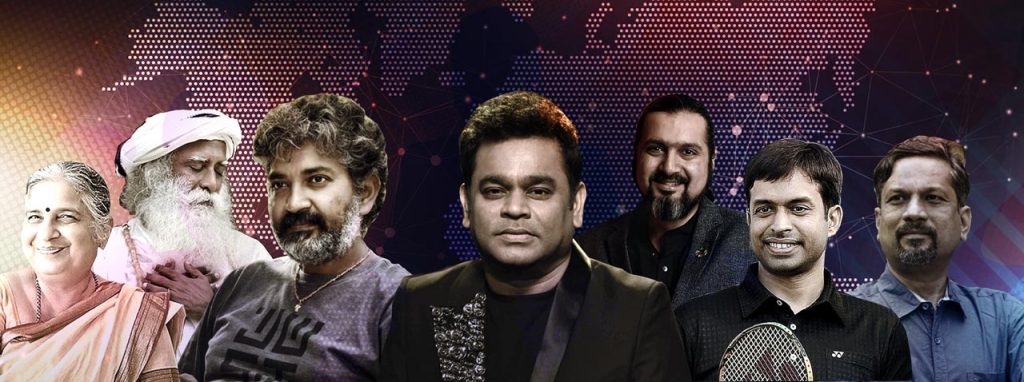
In India, the most common cause of death in the age group 15 – 39 is suicide*.
235,000+ deaths in 2016-18, which is the last reliable figure available, and the number is steadily rising. A lot of these are reported amongst the youth appearing in board exams, entrance tests, college students, unable to pay debt in working class apart from farmers in distress and complicated life situations. Especially for the working class, the growing numbers of heart attacks and other other silent killers like diabetes are not captured in the mentioned stats. An astute HR manager should take note of this alarming trend, because almost all these deaths can be summed up in one word:
‘STRESS’
Can you imagine what it’s like to be an employee of Jet Airways just now? Or of Nirav Modi? Or of Kingfisher Airlines, with half a year’s back pay still pending? The stress of having a dependent family and no income…or even just the fear of being in that situation.
Another blog on our website covered the suicide nets that mobile phone manufacturers put around their factory and dorm buildings in Shenzhen and other Chinese cities – for the simple reason that stress was driving workers to fling themselves off the roofs of those buildings.
So here’s some food for thought; those very same mobile phone manufacturers have started moving their operations to ‘Make in India’. Half a dozen major mobile brands now have their phones entirely assembled in this country, or source components from here.
And guess what; with the increasing VC investments especially with a great share from Chinese companies, already there are Chinese mutterings of, “Indians are difficult to work with.”
In a recent speech to Alibaba’s employees, Jack Ma said, “I think it is a huge blessing that we can work 996.” He emphasized that working from 9am to 9 pm, six days a week (hence, 996) is key to achieve success in China’s tech industry. “If you want to work for Alibaba you should be prepared to work 12 hours per day,” according to a post on Alibaba’s WeChat account.
So how long before those under severe pressure CEOs, keen to see returns for their very substantial investors, start applying the same pressures that led to the suicide nets in other countries?
Is the Indian Corporate World Heartless?
The question is, are we any better than the Chinese? Extreme stress is by no means limited to the workers in mobile phone manufacturing. White collar stress is growing in many sectors…BPOs, KPOs, IT, Logistics and more. And almost all the stress is on youngsters who have other problems, like debt. Either from having to support their families or from living on credit cards in order to enjoy a little of life while they are still young.
Imagine the plight of a youngster with, say, a lending company in unsecured loan space. First he has to meet a daunting sales target and then he is mercilessly pressurized on collections because the NPAs have gone high and regulators are putting pressure on disclosures! Everything that goes wrong in a company seems to be the fault of low-performing employees. It’s a terrible burden to place on the shoulders of young people who are quite far away from the action at the HOs.
First he has to meet a daunting sales target and then he is mercilessly pressurized on collections because the NPAs have gone high and regulators are putting pressure on disclosures! Everything that goes wrong in a company seems to be the fault of low-performing employees. It’s a terrible burden to place on the shoulders of young people who are quite far away from the action at the HOs.
And HR is in the firing line all too often. HR didn’t recruit the right talent. HR didn’t manage the training in the allotted time/budget. HR isn’t being tough or engaging enough. Business targets not being met are slowly also becoming HR issues.
So what’s to be done?
There are no easy answers, but Nishant Parashar, founder of engage4more and veteran observer of corporate stress, poses these 6 questions instead:
#1. Product – Shouldn’t companies invest in developing better products rather than squeezing their sales force for results? Pull is better than push, surely?
#2. Process – Can’t technology and data processing take the pressure off people performance? Sometimes employees have too much to do, many of these tasks are repetitive and machines can help.
#3. People – Is our training budget realistic to really upgrade your people for the elevated financial targets?!
#4a. People – Shouldn’t companies invest something in employee wellbeing? Vs a health cover, how about building health?!
#b. Can’t companies create a stress help framework as part of strategy? Visiting counselors, ombudsmen, stress management yoga class more often?
#5. Promotions – Why can’t companies look at internal-communications as importantly as marketing-communications to customers? Making an employee buy companies belief is much uphill task compared to make some one buy a cold drink!
#6. Pleasure – Why can’t there be an official ‘fun at work’ programme? Especially when much of it can be done with low cost ideas. We plan this at home every weekend, why can’t we have a take on the 5 days@work?
Pondering these questions may throw some light on where the solution lies. But one thing is certain, unless India Inc. wakes up to this potential crisis, we will start seeing suicide nets.
* Suicide Deaths in India: The Global Burden of Disease Study 1990-2016, Lancet, October 2018 issue.



